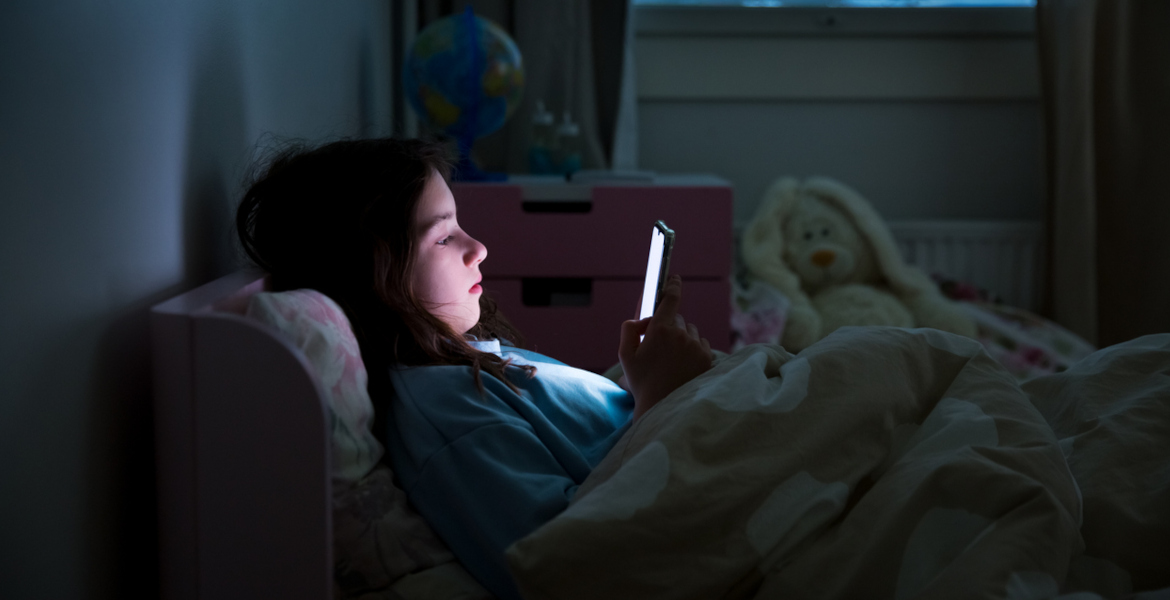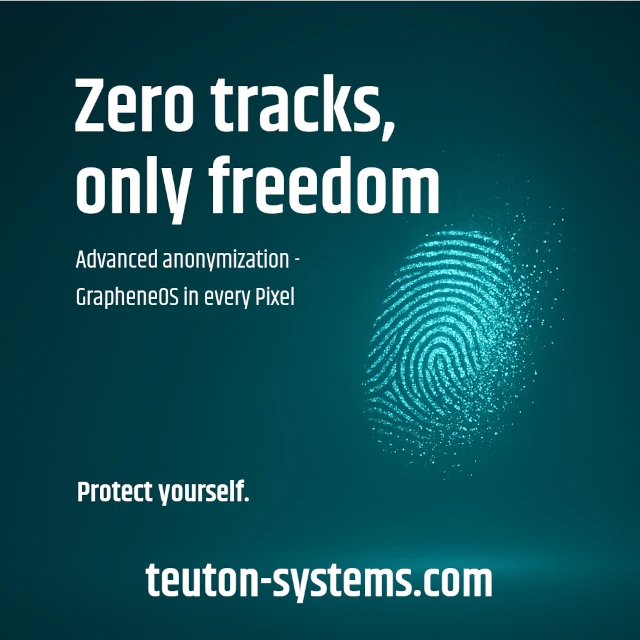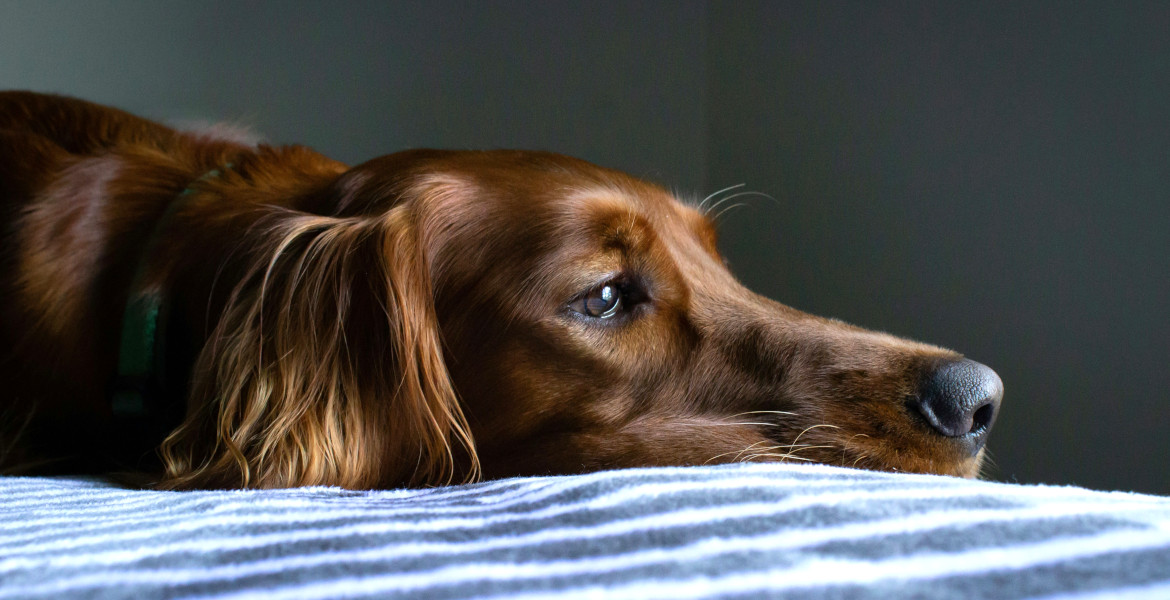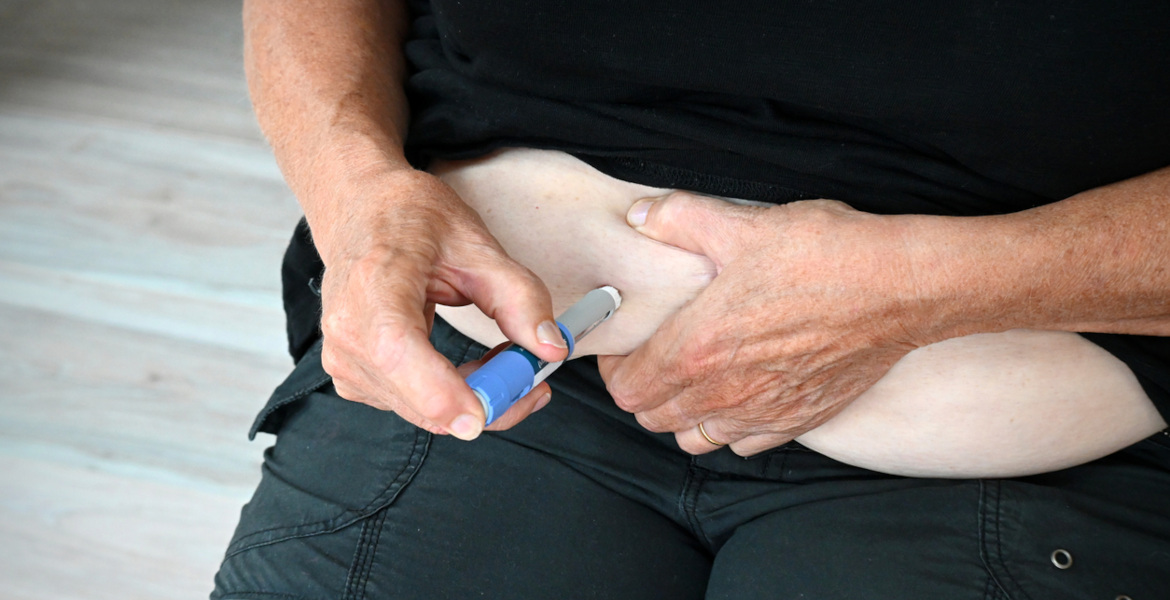More than one in three Swedish female high school students has an iron deficiency, according to a study from Lund University. The risk was found to be particularly high among vegetarians and vegans.
The study, published in the European Journal of Nutrition, involved 475 upper secondary school students from two schools in Malmö and Lund. Participants answered questions about dietary habits and menstruation, among other things, and then provided blood samples.
The blood samples were analyzed with a focus on iron status, which was then compared to the participants’ diet. The results showed that 38% of high school girls were iron deficient. Among vegetarians and vegans, the percentage was close to 70%, compared to 30% among meat eaters. Even pescatarians – who exclude red meat and chicken – had a higher prevalence of iron deficiency.
– It is positive that many young people are choosing a more plant-based diet, which reduces the risk of various chronic diseases such as cancer and cardiovascular disease and is also good for the environment. But you need to think about how you get iron. We hope that the results draw attention to the importance of replacing meat with iron-rich foods, says Anna Stubbendorff, dietician and PhD student in nutritional epidemiology at Lund University, in a press release.
Iron deficiency can cause fatigue, difficulty concentrating and in severe cases anemia. The body’s ability to absorb iron is affected by what else you eat, whether the iron comes from meat or plant sources.
– It’s important to eat plenty of whole grains and legumes such as beans, peas, and lentils. Vitamin C and acids – for example, sauerkraut, kimchi, or sourdough bread – consumed at the same time as the meal increase iron absorption. Coffee and tea reduce absorption. We also saw that those who reported eating more fruit had a lower incidence of iron deficiency.
The researchers now want to develop a screening method that can help school health services identify high school girls at risk of iron deficiency.








